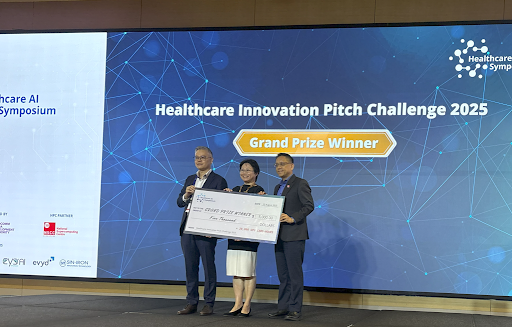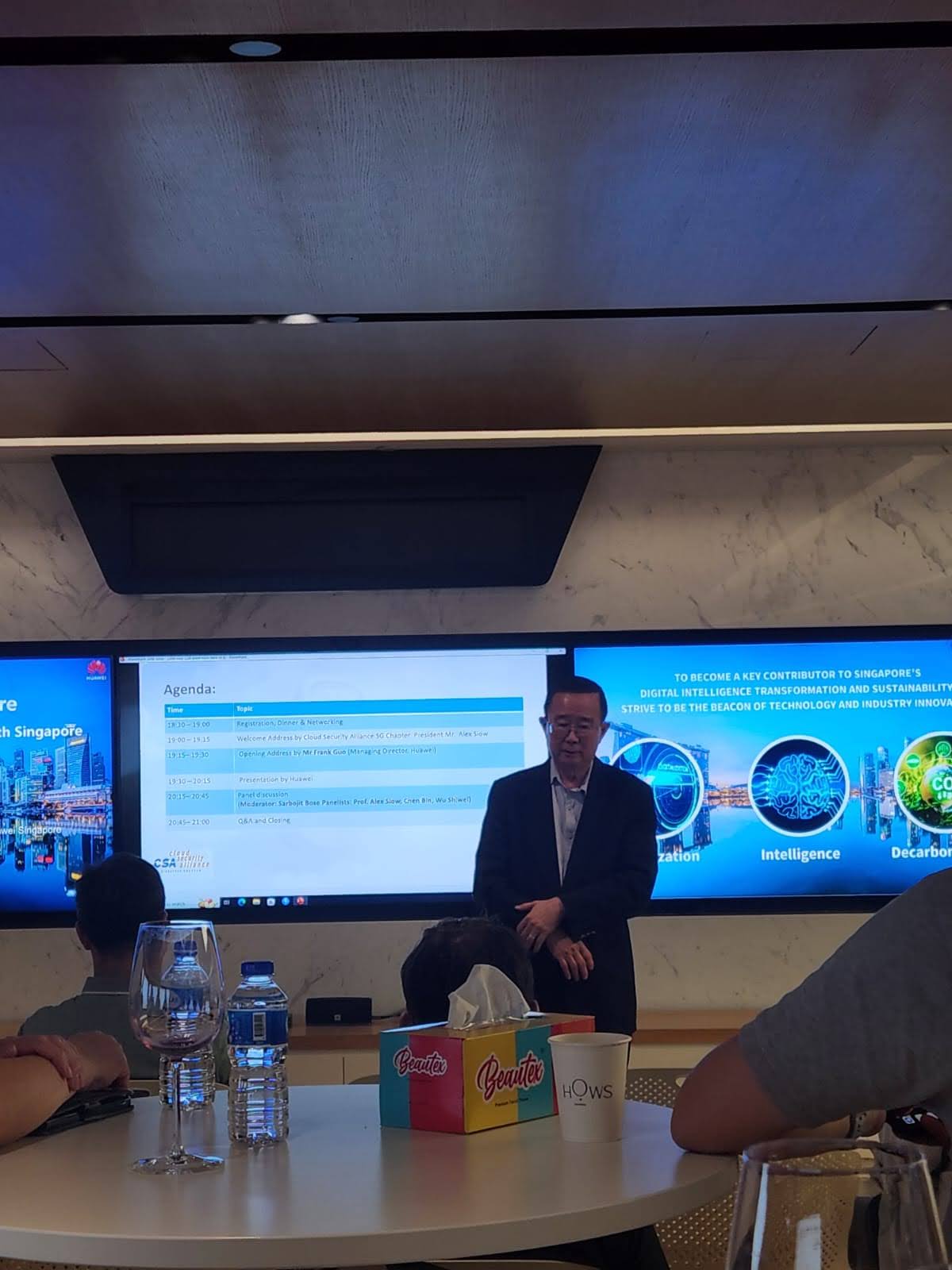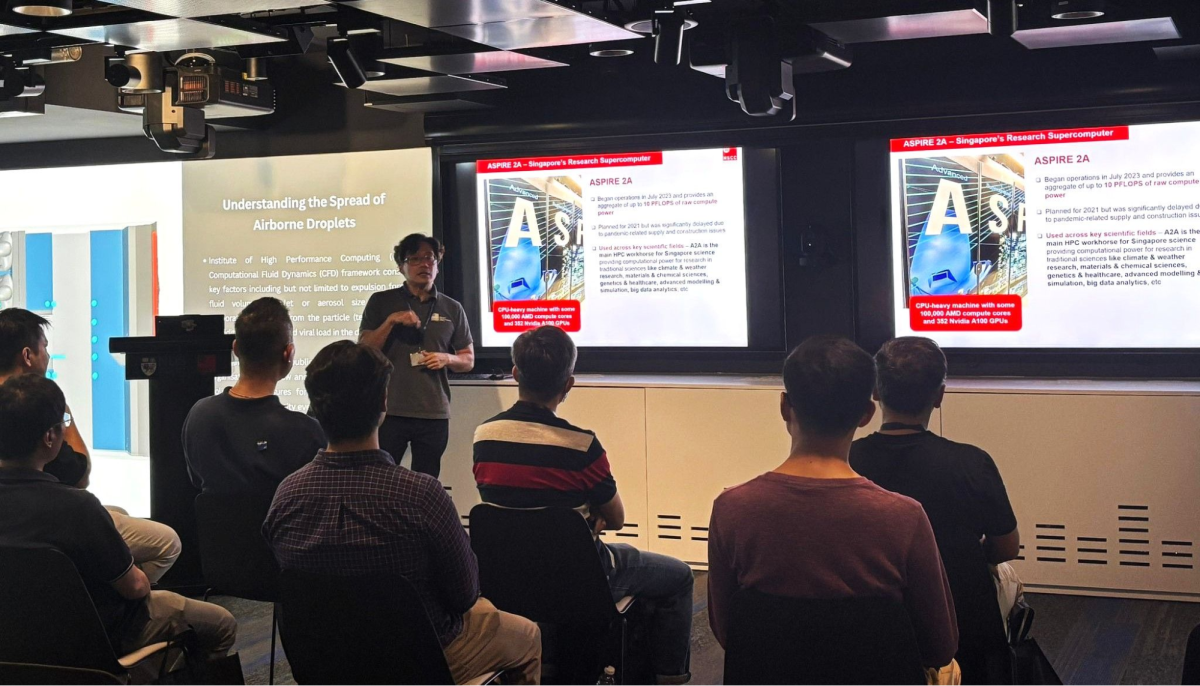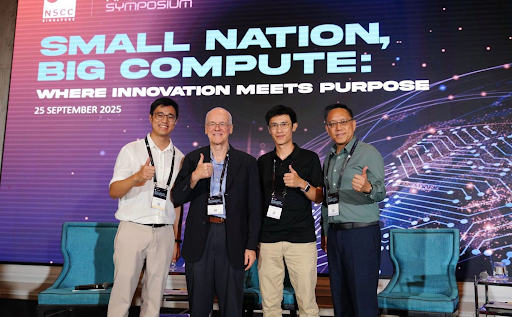Building Cities in the Clouds
By Chan Li Ting
USB flash drives are quickly becoming relics of the past despite only being on the market for about two decades. Those who use USB flash drives as data storage devices likely have more than one, as their memory capacity quickly becomes obsolete compared to newer models, and they are easily misplaced or forgotten. Platforms like Dropbox and Google Drive have offered a novel solution to these struggles: store files on a massive supercomputer through a remote server—known as the cloud—and access them anytime, from anywhere. The cloud also grants users the ability to run computationally demanding applications, such as artificial intelligence (AI)-based programs, on their own devices via the internet. This on-demand access to high-performance computing (HPC) has far-reaching implications beyond data storage.
Despite its utility, however, cloud computing has several limitations, such as slow response time over long distances and bandwidth constraints, particularly in areas with limited connectivity.
To help overcome some of these limitations, edge computing is being employed to expand and enhance cloud computing capabilities. Edge devices—ranging from smartphones to firewall systems—serve as contact points or connection nodes to transmit data from the ground locally to a central cloud network.
This method has many advantages, including reducing costs that would have otherwise been used to maintain expensive servers, preserving data privacy, and allowing scalability with increasing demand.
In Asia, these developments in HPC-backed cloud and edge services are starting to take effect on people’s daily lives—from faster download speeds to advanced healthcare services. To be at the forefront of the digital revolution, industry leaders are seeking a foothold in Asia’s burgeoning markets.
AT THE EDGE OF COMPUTING POWER
Known for its distributed computing platform and content delivery network, the US-based internet company Akamai is no stranger to edge computing. By operating a network of servers around the world that holds its own cache of requested internet content, Akamai allows its users to access the internet with greater speeds and reliability.
SMART FARMING NEEDS CLOUDS
Agriculture is another major industry to reap the benefits of high-performance cloud computing. In Malaysia, farmers are being empowered with advanced technologies to enhance agricultural productivity and reduce costs. For example, the Digital AgTech program is one of many initiatives set up by the Malaysia Digital Economy Corporation (MDEC) in a move towards “smart farming”.
Under the program, animal farms are equipped with HPC-powered sensors to monitor individual animal growth and provide tailored nutritional guidance. To survey agricultural land, drones can capture and process data on how well crops are performing and alert farmers on potential environmental issues, such as pestilence.
Through Digital AgTech, Malaysian farmers can learn how to use these new technologies in a lab to manage their farms more efficiently. Kampung Sijangkang, for instance, is a “smart” chilli farm that saw a 22 percent increase in its yield and a 30 percent reduction in operational costs in its third year of operation as a result of this program.
“These opportunities allow Malaysia to foster an innovative AgTech community. Harnessed well, the ecosystem can improve the national agricultural productivity, boost our food security and help promote Malaysian agricultural products at international markets. The potential for growth is limitless,” said Raymond Siva, Senior Vice President and Chief Digital Investment Officer at MDEC.





